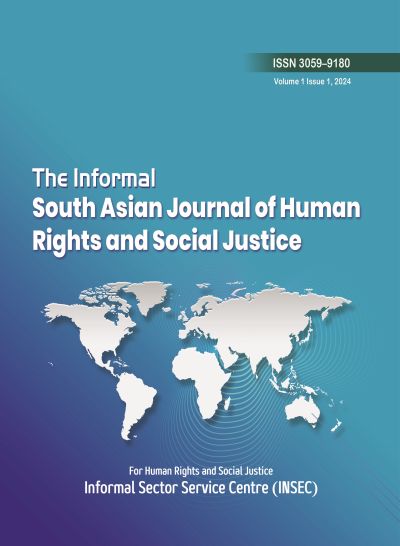Constitutional Reform of the Judiciary in Nepal: Achievements, Disappointments and Emerging Issues
DOI:
https://doi.org/10.3126/informal.v1i1.69160Keywords:
constitutional changes, judiciary, supreme court, judicial reformAbstract
Nepal’s seventy years of constitutional reform, aimed at fully separating powers between state institutions, began with optimism. These reforms primarily intended to transform the judiciary by incorporating the principle of separation of powers and empowering it to function independently from the executive and legislative branches. Over the past seven decades, Nepal has adopted six constitutions and is now implementing the seventh. However, the country's judicial history is marked by both accomplishments and disappointments. While successive constitutions express a commitment to the separation of powers and judicial independence, a practical realization has lagged, partly due to the absence of these principles as priorities in popular movements. Additionally, there appears to be a historical habit and discipline in Nepal that resists change through constitutional democracy. Systems for judicial review, along with institutional and strategic reforms to enhance the judiciary's performance, present a promising narrative of reform. Yet, the systematic assault on judicial independence, the institutionalized vulnerability of the judicial system, and the declining state of public access and trust reveal a more troubling story of judicial upheavals. The constitutional discourse in Nepal can be seen as a series of experiments. While these reforms have rhetorically committed to an independent judiciary, in practice, the constitutional provisions have lacked clarity and force, leaving the judiciary at a crossroads.
Downloads
Downloads
Published
How to Cite
Issue
Section
License
Copyright (c) 2024 The Author(s)

This work is licensed under a Creative Commons Attribution 4.0 International License.
This license enables reusers to distribute, remix, adapt, and build upon the material in any medium or format, so long as attribution is given to the creator. The license allows for commercial use.




